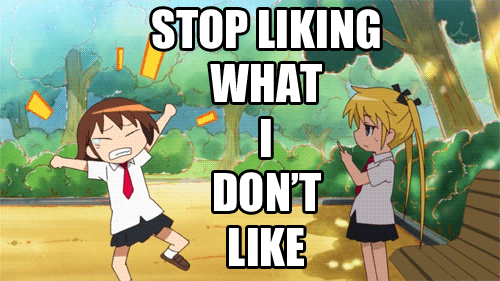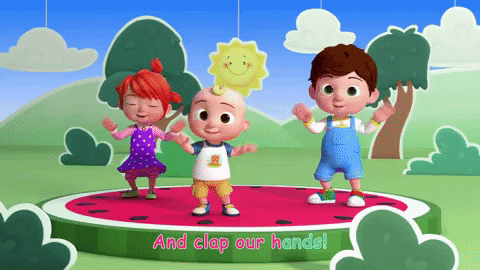
The “made for kids” label is a very real thing, but most laymen misunderstand its purpose and often treat it as a pejorative. When used in an argument, is yet another equivalent of saying “I don’t like this” while trying to make their opinions feel or sound more valid. Making products like games for children is actually quite specific, because children are not small adults, they are completely different beasts from a cognitive and self-awareness perspective.

Young children (e.g. ages 1 to 13) actually go through tremendous changes year over year in terms of cognitive development because they are growing and learning so quickly. A baby, for example, does not have the concept of object persistence yet - if an object leaves their sight, it ceases to exist for them. This is why peek-a-boo is so delightful for them - when you cover your face to play peek-a-boo, you stop existing to the child. Children can’t really understand that other people exist and have their own separate thoughts and feelings before age six. The attention span of a four-year-old is much much shorter than a six-year-old.

This means that products aimed at children have a very specific targeted age window because of how differently each age group generally sees the world. The cognitive difference between a four-year-old and an eight-year-old is enormous, meaning that a game targeting four-year-olds are necessarily enormously different than games targeting eight-year-olds. This is what the “for kids” label generally means - these products are targeted at people with different levels of cognitive function.
[Join us on Discord] and/or [Support us on Patreon]
Got a burning question you want answered?
- Short questions: Ask a Game Dev on Twitter
- Long questions: Ask a Game Dev on Tumblr
- Frequent Questions: The FAQ